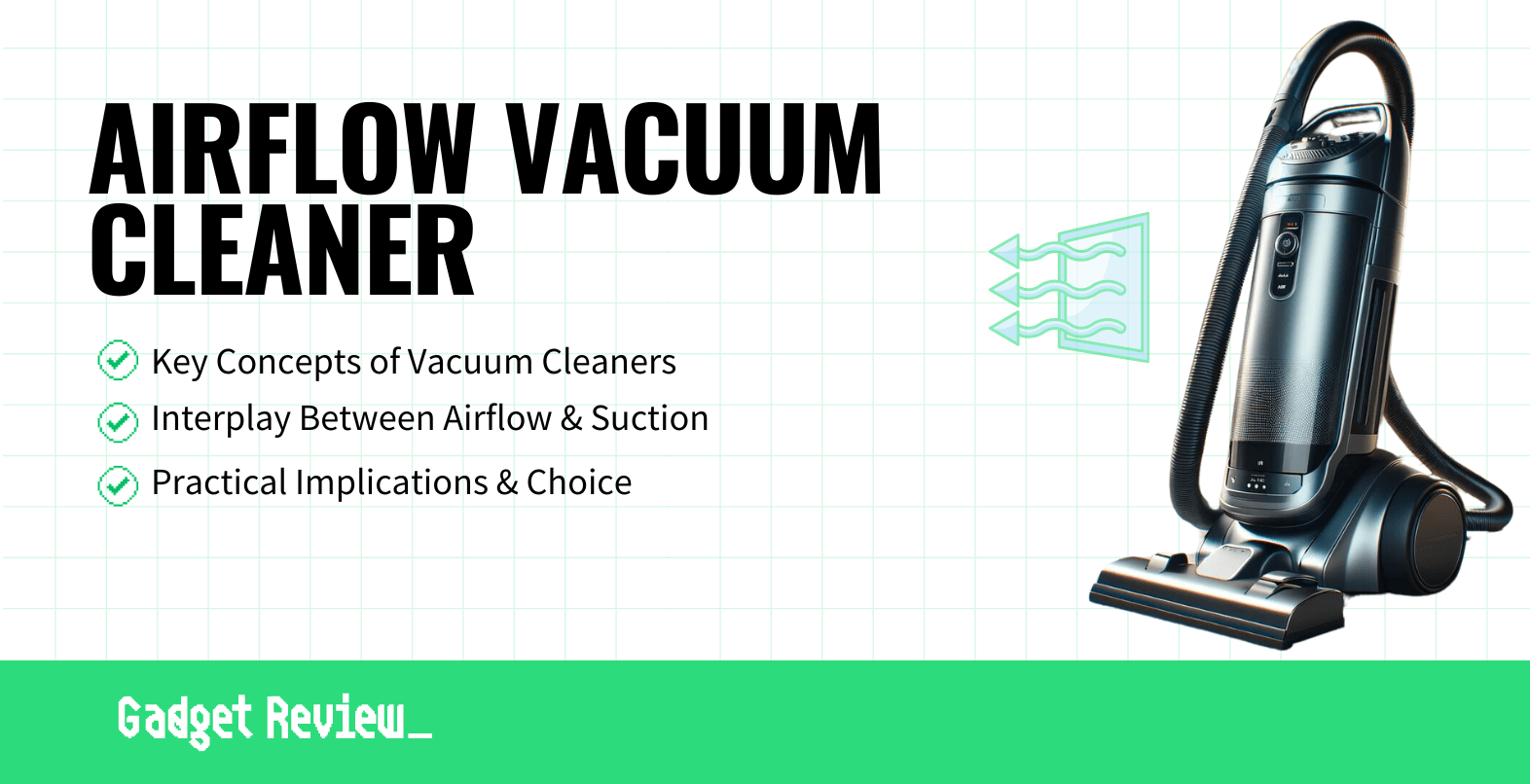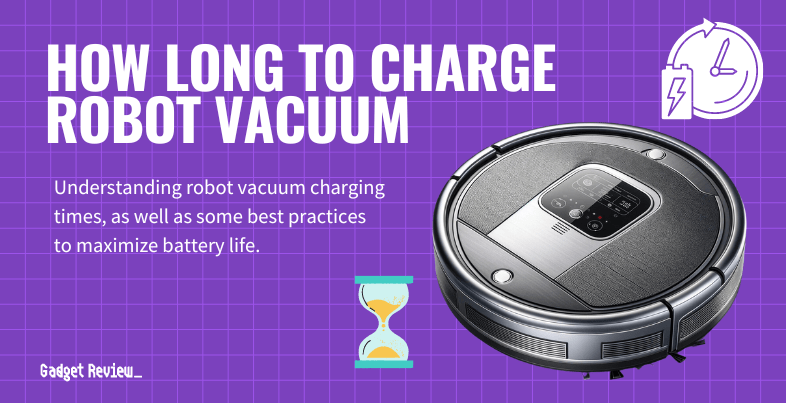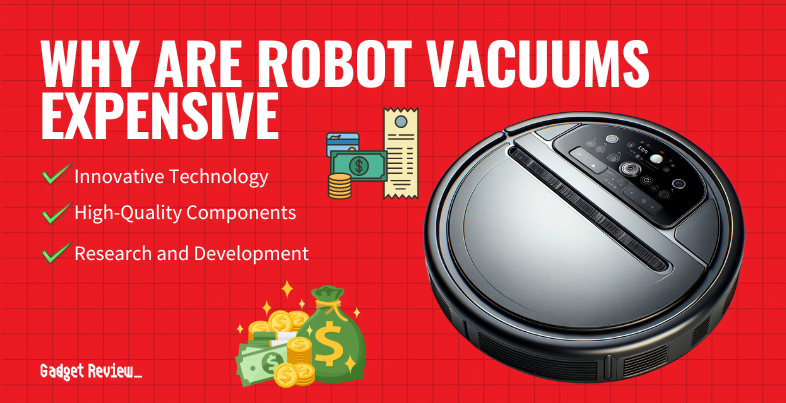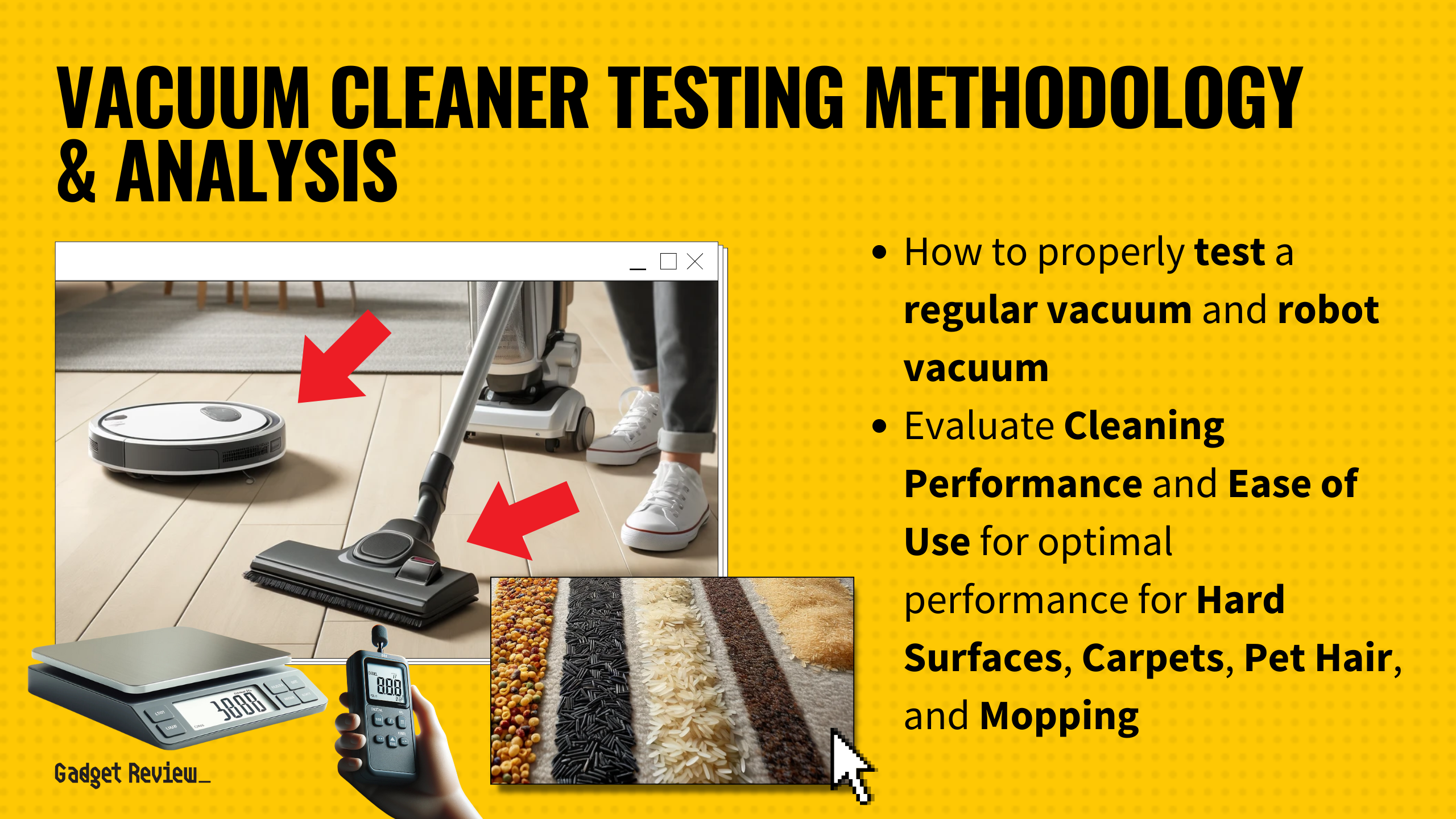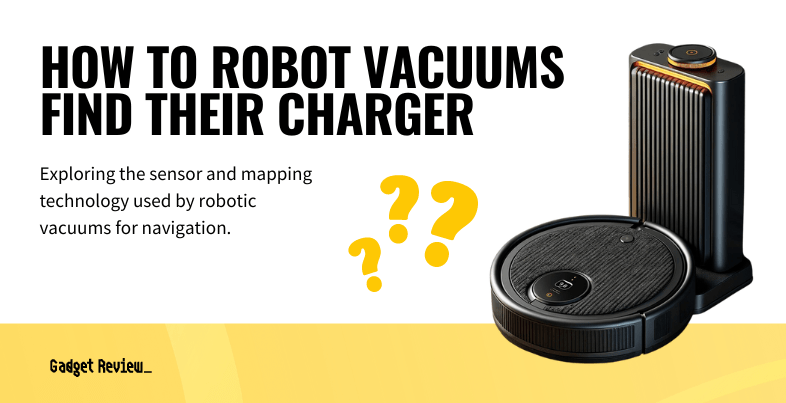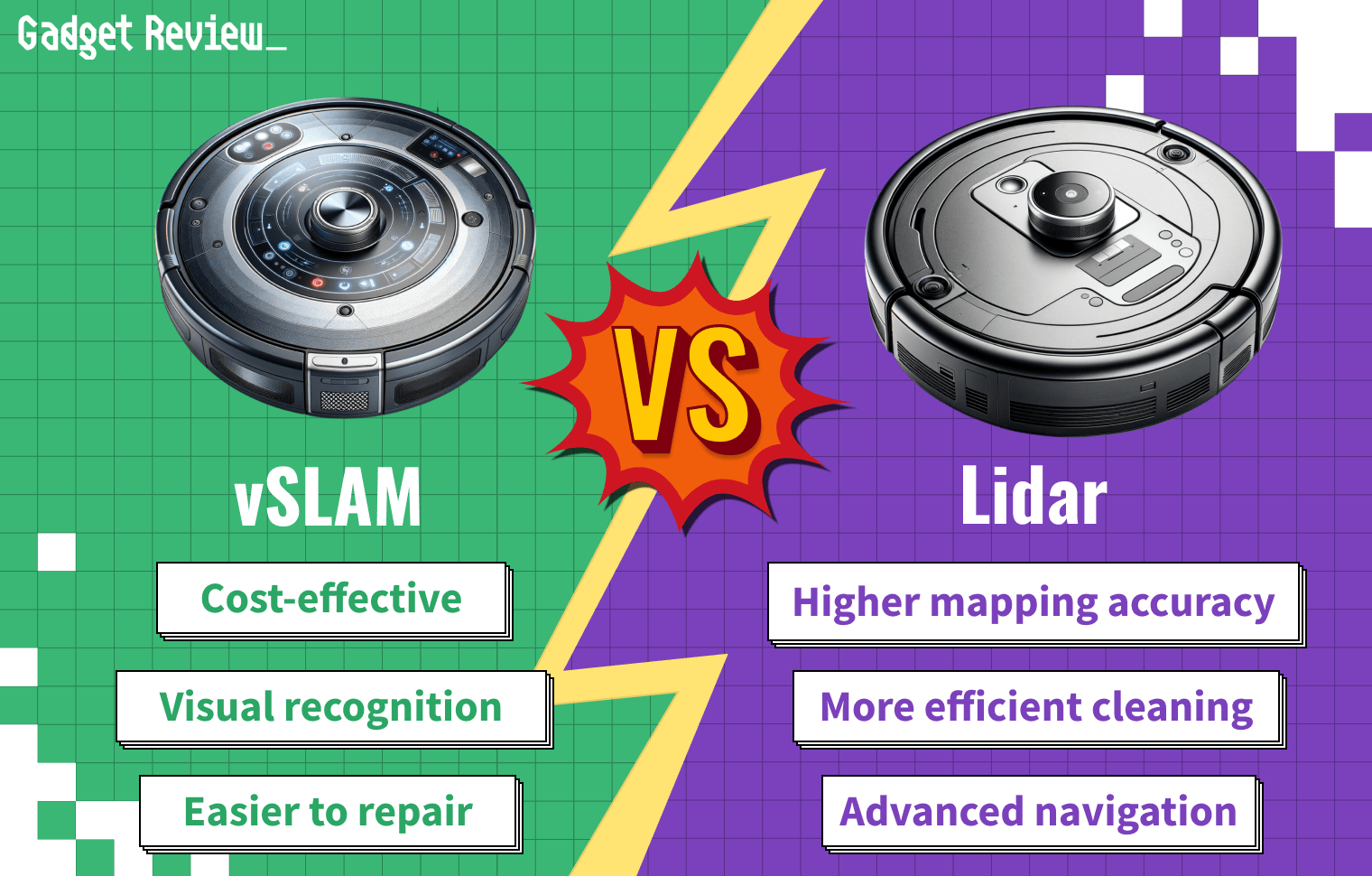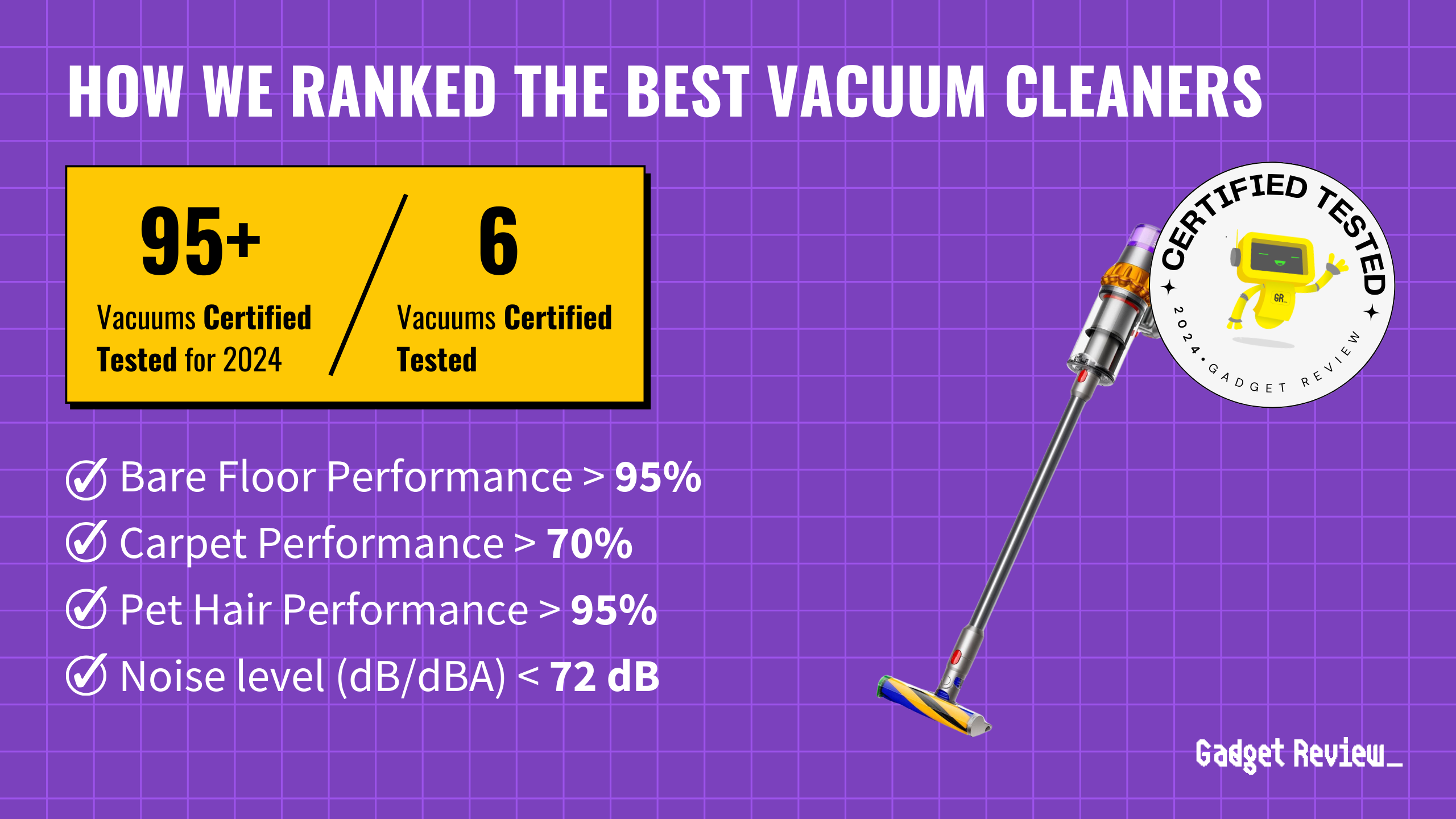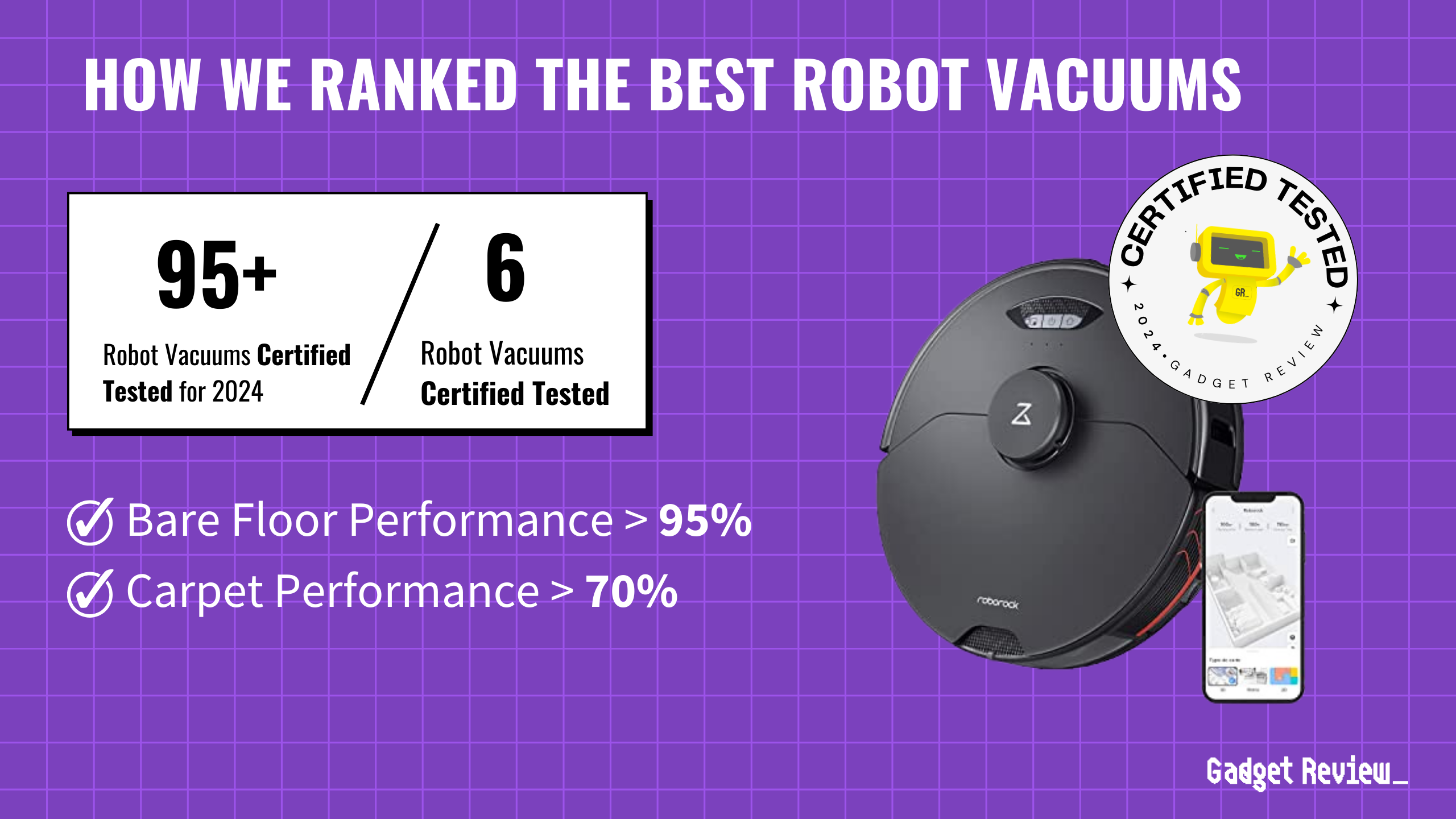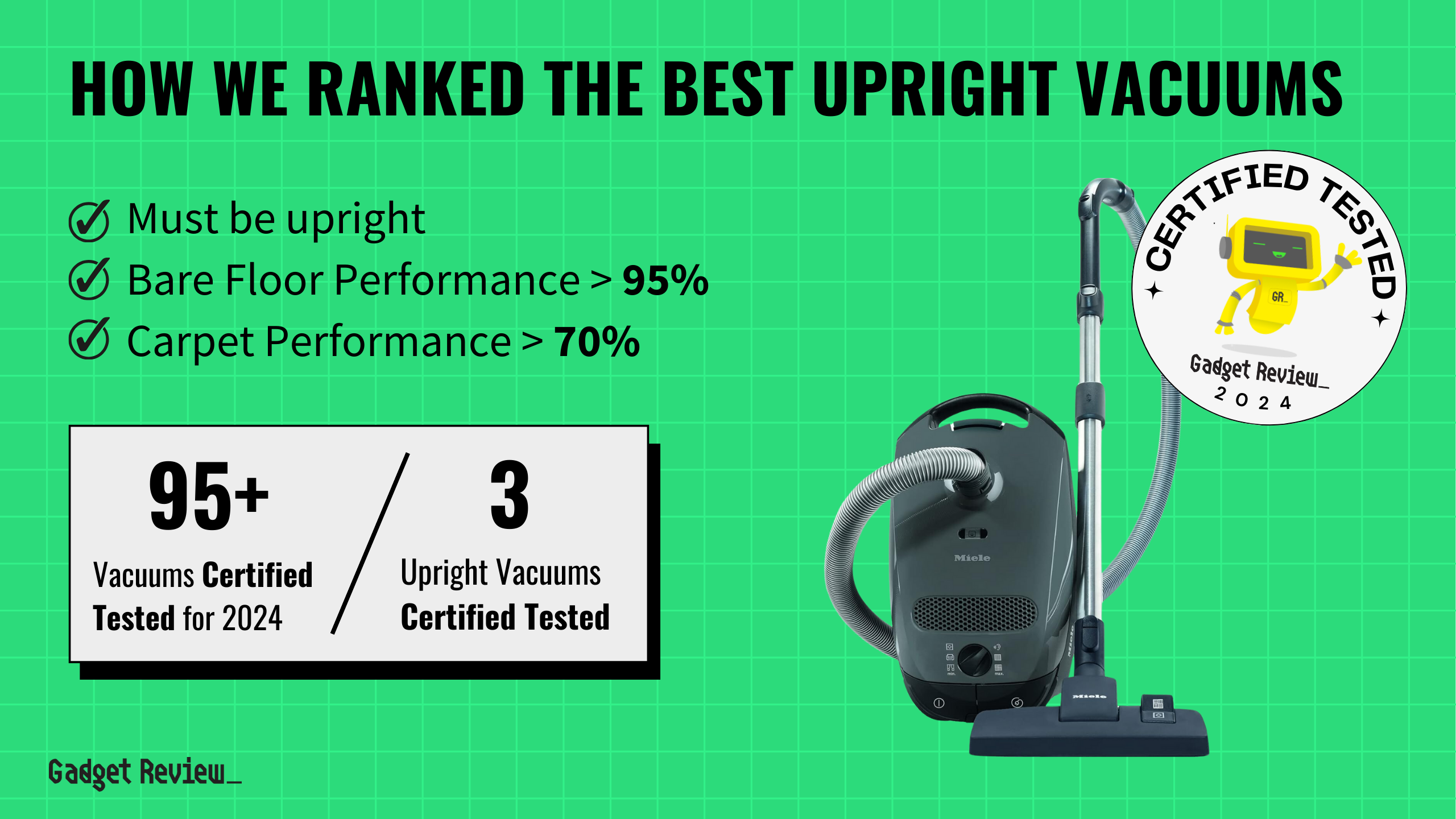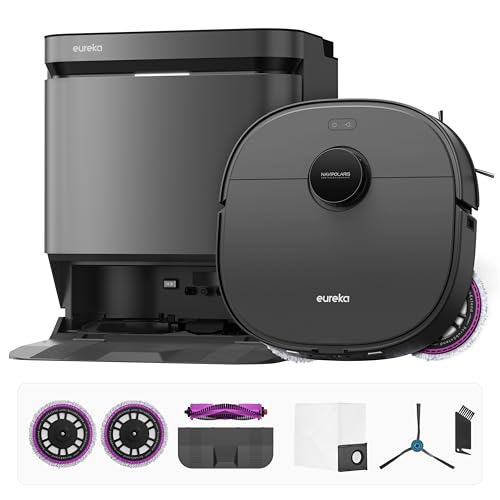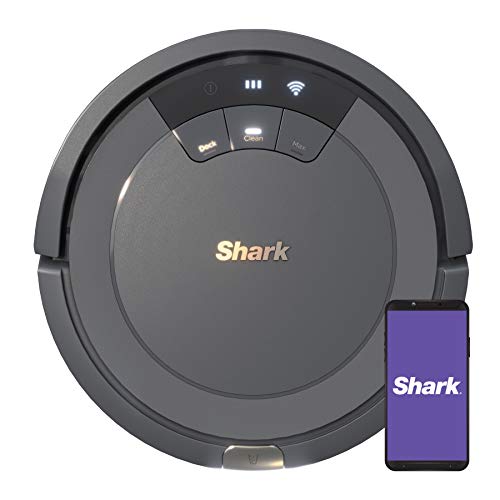What really makes a great vacuum cleaner effective? It’s not the brand or the latest model; it’s about understanding two key concepts: suction and airflow.
These elements are the key to any vacuum cleaner, especially in determining how well it picks up dirt and debris from floors and carpets.
What is an Airflow and Suction in Vacuum Cleaner?
Vacuum Airflow
An airflow vacuum cleaner focuses on the capacity of air it can pull in, measured in Cubic Feet per Minute (CFM). This determines how much dirt and debris the vacuum can carry away. A higher CFM means the vacuum can handle more particles.
Vacuum Suction
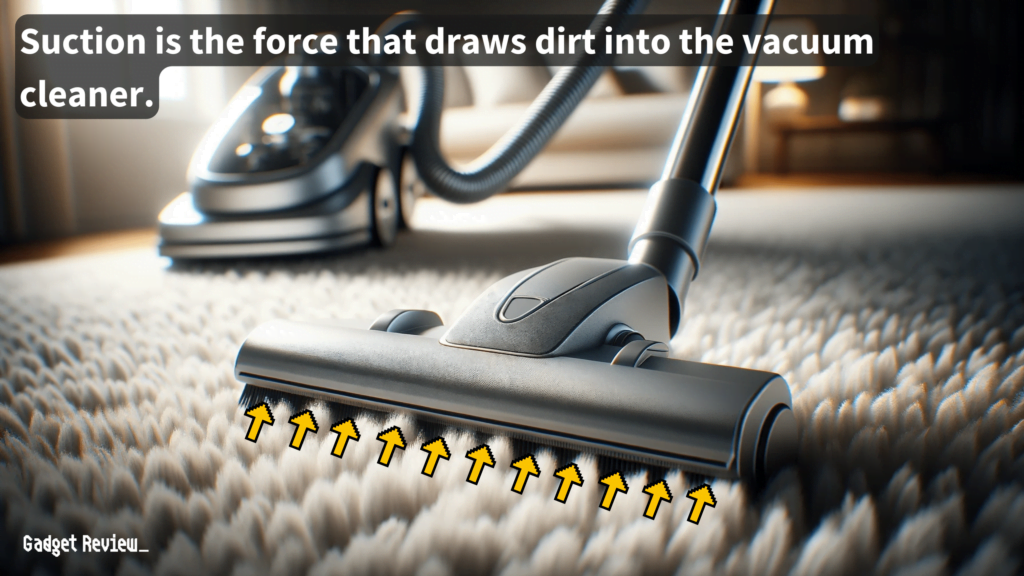
Suction in a vacuum cleaner is the force created by its motor, generating negative air pressure that draws in air along with dirt, dust, and debris from surfaces. This pulling power is effective, especially in lifting embedded dirt from carpets and upholstery, with suction strength determining the vacuum’s cleaning efficiency.
insider tip
A good power for an upright vacuum is 180AW, and 300AW for a canister vacuum.
Vacuum Cleaner Airflow and Suction
To learn more about vacuum suction, airflow, and air watts, check out the video below.
Balancing Suction and Airflow
Understanding the relationship between suction and airflow is key. They work in tandem: suction lifts the dirt, and airflow carries it away.
However, they have an inverse relationship – when airflow is at its maximum, suction is often at its weakest, and vice versa.
Finding a vacuum that balances these two elements is essential for optimal cleaning. Whether it’s the power of central vacuum systems or the maneuverability of upright vacuum cleaners, finding the right balance leads to great results.
Practical Implications of Vacuum Cleaners
Just like a jet engine powers a plane, the motor in a vacuum cleaner powers suction and air flow. However, airflow ratings don’t always reflect the actual airflow produced, so compare ratings across models to get a sense of real-world performance.
The efficiency of these elements is often measured in Airwatts by vacuum cleaner manufacturers, which they present as an indicator of performance, but the actual vacuum cleaner’s suction and airflow balance for effective cleaning may vary.
insider tip
Stick vacuums have air watts of 40 to 80.
Real-World Application and Performance
In practical terms, airflow is what moves the dirt, similar to how wind carries leaves.
The vacuum’s sealed suction creates a difference in atmospheric pressure, which then propels the air movement, allowing it to reach hard-to-reach areas more effectively than models without direct suction ratings.
This principle is crucial in understanding how debris is transported from your floor to the vacuum’s dustbin.
Insights from Industry Experiments
Experiments, like those conducted by Ametek/Lamb, reveal that suction plays a more significant role in end-of-hose performance due to the restrictions found in vacuum systems.
While a vacuum might boast high airflow, this can be negated by the hose and other parts, making suction a more critical factor for effective cleaning.
Making the Right Choice
As you select a vacuum cleaner for your home, consider how suction and airflow work together effectively.
Look for a balance that suits your specific cleaning needs, whether it’s deep carpet cleaning or handling large debris.
Understanding the comparison of suction and airflow in vacuum cleaners is you make a better purchase
Remember, it’s not just about power but how that power is harnessed to clean your home efficiently.
By focusing on these key elements, you can choose a vacuum cleaner that meets your cleaning needs,


